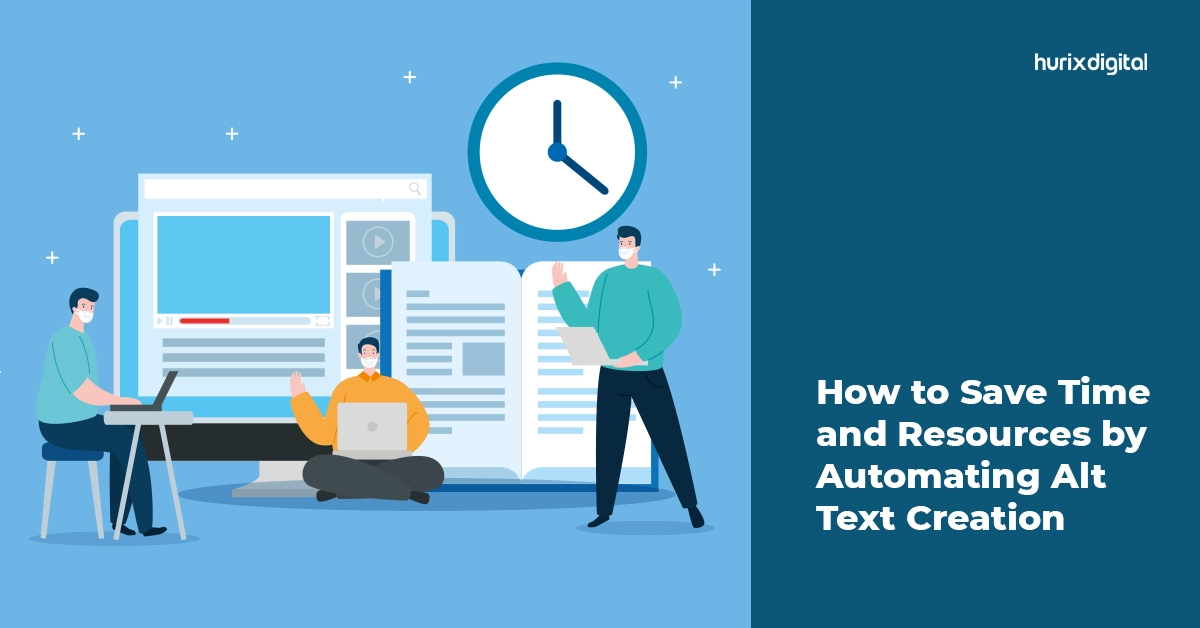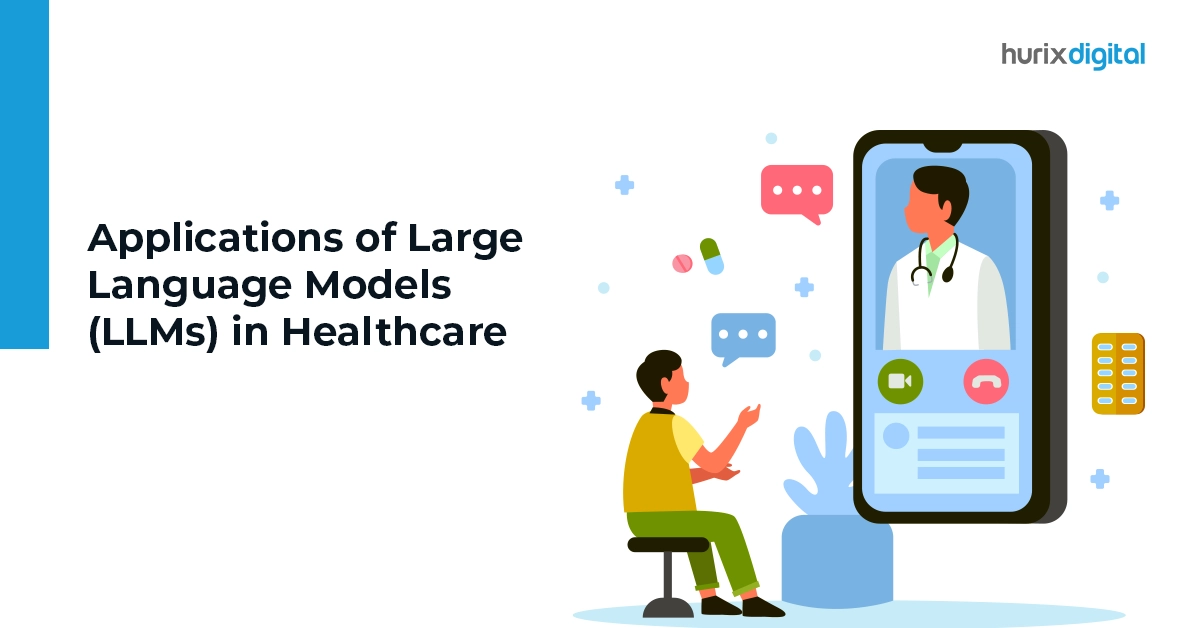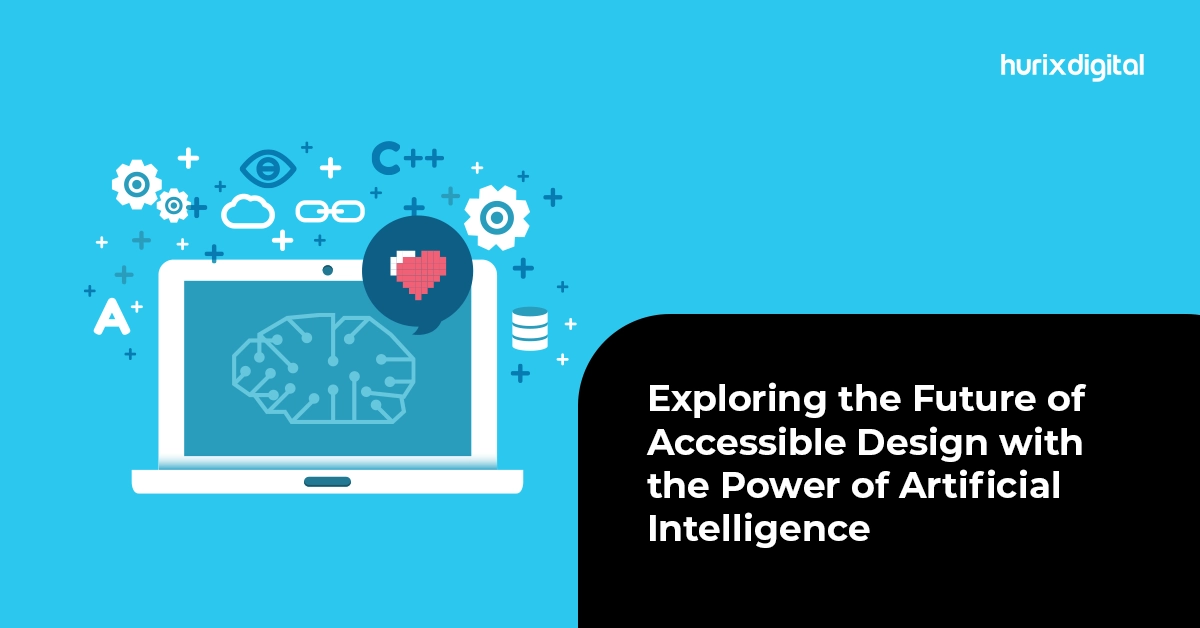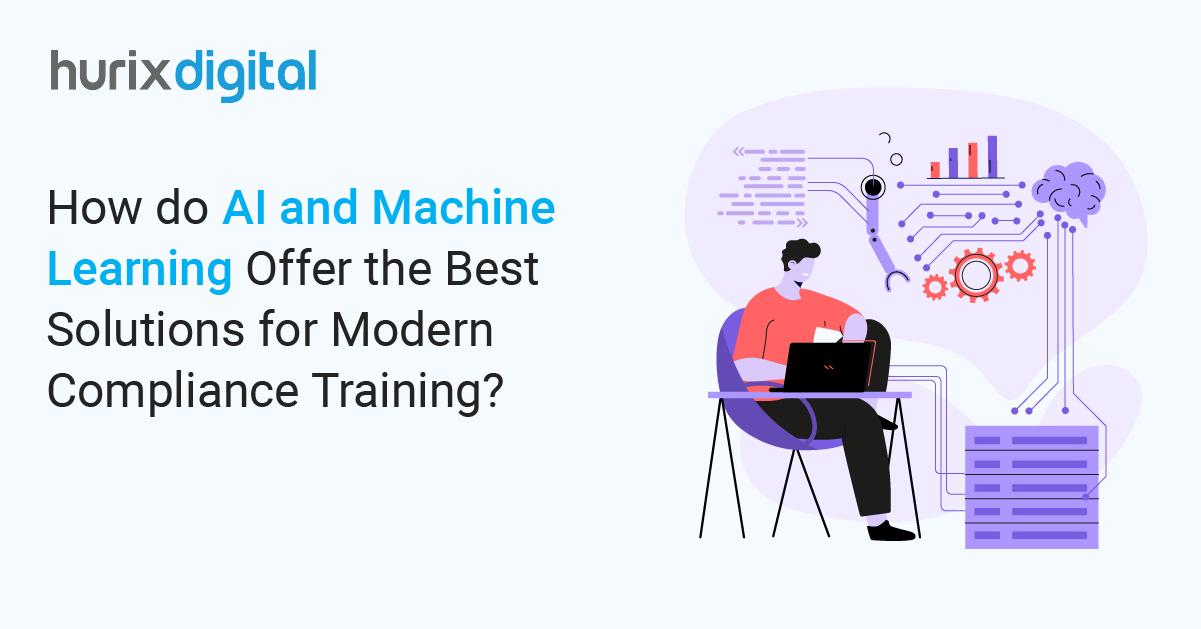
How to Save Time and Resources by Automating Alt Text Creation?
Summary
Discover efficient methods for creating alt text by automating the process. Utilizing automation tools saves time and resources by generating descriptive text for images automatically. This streamlines content creation workflows, ensuring accessibility standards are met while freeing up resources for other tasks.
Imagine you are browsing a web page or a digital document that contains an image, chart, or other visual element. How do you know what it is and why it is there? If you are visually impaired or use a screen reader, you rely on alt text—a brief description of the image and its purpose. Alt text is not only crucial for accessibility but also for SEO and user experience.
But writing alt text for every image can be a hassle, especially if you have multiple or complex visuals. What if you could use AI and ML to generate alt text automatically, based on the image’s features and context? That’s what alt text automation does, and it can save you time and effort in creating engaging and accessible content.
In this blog, you will learn how alt text or accessibility automation works, its pros and cons, and how to pick the best tool for your needs.
Table of Contents:
- What is Alt Text and Why is it Important?
- What are the Challenges of Writing Alt Text Manually?
- How Can Alt Text Automation Help You Overcome These Challenges?
- What are the Features of a Good Alt Text Automation Tool?
- Conclusion
What is Alt Text and Why is it Important?
Alt text, or alternative text, is a short piece of text that describes the content and context of an image, chart, or other visual element on a web page or digital document. It is essential for making your content accessible to people who use screen readers or have visual impairments, as well as for improving your SEO and user experience.
AI-powered alt text serves two main purposes:
- It provides a textual alternative to the image so that people who cannot see the image can still understand what it conveys. Screen readers, which are software applications that read aloud the text and elements on a screen, use alt text to describe the image to the user.
- It helps search engines and other bots index and rank your content by providing them with relevant keywords and context. Search engines cannot see or interpret images, so they rely on alt text to understand what the image is about and how it relates to the rest of the content.
Alt text is not only a best practice but also a legal requirement for web accessibility. The Web Content Accessibility Guidelines (WCAG), which are the international standards for web accessibility, state that all non-text content, such as images, must have a text alternative that serves the equivalent purpose.
Also Read: Accessibility for Masses – Know How Hurix Digital Comes in
What are the Challenges of Writing Alt Text Manually?
Writing alt text manually can be a time-consuming and tedious task, especially if you have a lot of images or complex visuals in your content. Depending on the size and complexity of your content, writing alt text manually can take hours or even days of your time, which could be better spent on other aspects of your content creation process.
Moreover, writing effective alt text requires some skills and knowledge, such as:
- Understanding the purpose and meaning of the image and how it relates to the rest of the content. You need to consider what information or message the image conveys and what the user needs to know about it.
- Use clear and concise language that is appropriate for your audience and tone. You need to avoid jargon, technical terms, or vague words and use simple and descriptive language that is easy to understand and follow.
- Avoid redundancy and repetition. You need to avoid repeating the information that is already provided in the caption, title, or surrounding text and focus on the unique and relevant aspects of the image.
- Following the best practices and guidelines for writing alt text, such as using proper punctuation, capitalization, and grammar, and keeping your alt text between 50 and 125 characters.
If you write poor or inaccurate alt text, you may end up confusing or frustrating your users, or even losing their trust and interest. For example, if your alt text is too vague or generic, such as “a graphic of” or “an image of,” you may not provide enough information for the user to understand the image.
Too long or detailed alt text, such as describing every element or color in the image, may overwhelm or bore the user. Lastly, using irrelevant or misleading alt text, such as keywords that do not match the image or the content, may harm your SEO and user experience.
How Can Alt Text Automation Help You Overcome These Challenges?
Alt text automation is the use of artificial intelligence (AI) and machine learning (ML) to generate alt text automatically, based on the features and context of the image. Alt text automation can help you overcome the challenges of writing alt text manually by:
- Saving you time and resources by reducing the manual effort and cost involved in writing alt text. You can simply upload your images to an alt text automation tool and get alt text generated in seconds or minutes, depending on the number and complexity of your images.
- Ensuring that your content is accessible and engaging by providing accurate and relevant alt text that meets the standards and expectations of your audience. Alt text automation tools use advanced algorithms and models to analyze the image and generate alt text that captures the essence and context of the image using natural and appropriate language.
- Improving your SEO and user experience by providing consistent and optimized alt text that matches your keywords and content. Alt text automation tools can help you ensure that your alt text is aligned with your SEO strategy and goals by using the keywords and phrases that you want to rank for and avoiding duplication or spamming.
What are the Features of a Good Alt Text Automation Tool?
Alt text automation tools vary in their features and capabilities, depending on the technology and platform they use. However, some of the common and essential features of a good alt text automation tool are:
- Accuracy and relevance: The tool should be able to generate alt text that is accurate and relevant to the image and the content, and that conveys the information and message that the user needs to know. It should also be able to handle different types and formats of images, such as photos, graphs, diagrams, icons, logos, etc., and generate alt text that is appropriate for each type.
- Speed and efficiency: An AI alt text generator should be able to generate alt text quickly and efficiently without compromising the quality or reliability of the alt text. It should also be able to handle large volumes and batches of images and provide alt text for multiple images at once or in a single file or document.
- Customization and flexibility: Automated alt text creation tools should be able to customize and adapt the alt text to your specific needs and preferences, such as your audience, tone, style, language, keywords, etc. It should also be flexible and compatible with different platforms and devices, such as web, mobile, desktop, etc., and allow you to integrate and use the tool with your existing tools and workflows, such as content management systems, authoring tools, etc.
- Feedback and improvement: An alt text-generating AI tool should be able to receive and incorporate your feedback and suggestions. The tool should also be able to learn from your data and usage and update and refine its algorithms and models accordingly to provide better and more personalized alt text over time.
Also Read: EqualSense: The AI Tool That Makes Generating Alt Text and Captions Easy
Conclusion
Alt text automation is a smart way to boost your content accessibility and productivity by saving you time and resources, ensuring that your content is accessible and engaging, and improving your SEO and user experience. It can help you create alt text that is accurate, relevant, consistent, and optimized for all types of images and visuals in your content.
If you are looking for a reliable and effective alt-text automation tool, you should check out Hurix Digital. Hurix Digital is a leading digital content solutions provider that offers a range of services and solutions for content creation, accessibility, delivery, and analytics.
To learn more about Hurix Digital’s alt text automation tool and how it can help you create accessible and engaging content for your business, contact us now!

Vice President – Digital Content Transformation. He is PMP, CSM, and CPACC certified and has 20+ years of experience in Project Management, Delivery Management, and managing the Offshore Development Centre (ODC).







